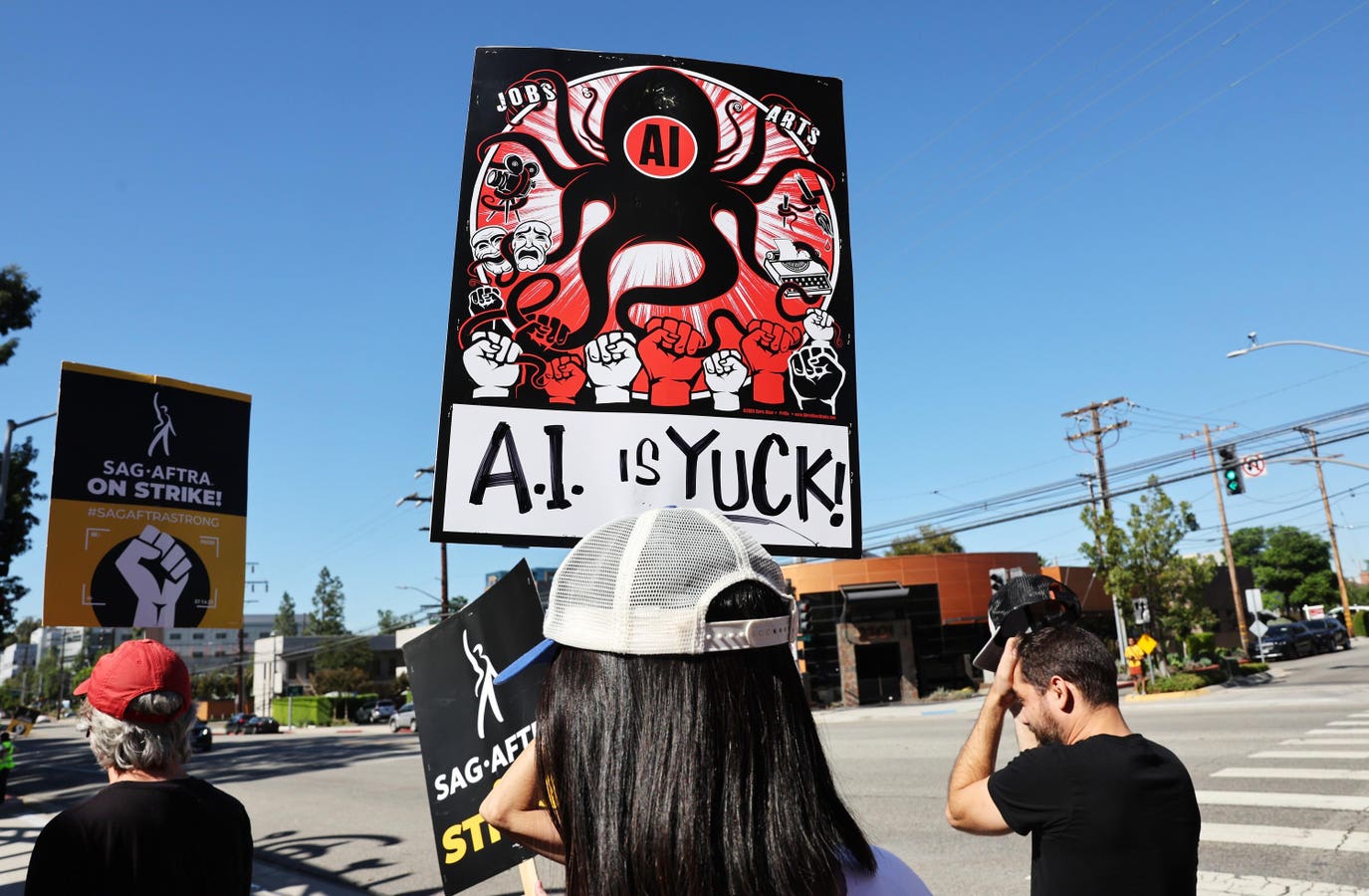Mumbai, India: Indian workers sew in clothing factory in Dharavi slum.
The global fashion industry, valued at $1.7 trillion has elements of mass production, exploitation, and disposability, and it stands as one of the largest polluters and least transparent industries. From fast fashion’s environmental footprint to microplastics found in human bloodstreams, the crisis is undeniable.
As outlined in the previous articles on the structural exploitation, environmental collapse, waste colonialism, and health risks, it is essential to pivot to real solutions. Systemic reform is not just possible but there are individuals who are making waves. Dr. Hakan Karaosman, Associate Professor at Cardiff Business School and Chief Scientist at Fashion’s Responsible Supply Chain Hub, stresses that sustainability must move beyond marketing slogans and become a governance structure ensuring fairness, transparency, and responsibility.
Radical transparency is key and according to Fashion Revolution, when brands openly share information, it empowers the public to examine their practices, demand accountability for their statements, and push for meaningful improvements.
The 2024 Global Fashion Transparency Index, as reported by Fashion Revolution, highlights that a significant number of fashion companies still fail to disclose fundamental details about their environmental and labor practices. Only 41% of brands surveyed revealed their wage policies, and just 24% provided data on the actual wages paid throughout their supply chains. Furthermore, for any improvements to the fashion sector, it has to start with the business models assessments and drastic improvements in the supply chain.
Small textile factory in the city of Dhaka
5 Critical Reforms for a Sustainable and Transparent Fashion Industry
1. Set and Publicly Report Science-Based Climate Targets
According to the United Nations Environment Programme, the fashion industry contributes up to 10% of global carbon emissions more than international flights and maritime shipping combined. To align with the Paris Agreement and limit warming to 1.5°C, brands must adopt Science-Based Targets and transparently report progress.
2. Disclose Full Supply Chain Data, Not Just Tier 1 Suppliers
Fashion Revolution’s Transparency Index shows that while disclosure at the first tier direct suppliers has improved, only 12% of brands reveal information about processing facilities and just 5% disclose raw material suppliers. Without full supply chain visibility, risks of labor abuses, environmental degradation, and greenwashing will continue to remain high.
3. Commit To Paying Living Wages Across Supply Chains
According to the Global Living Wage Coalition, a living wage is the income earned during a standard workweek that enables a worker and their family to maintain a decent standard of living. This encompasses access to essentials such as adequate food, clean water, housing, education, healthcare, transportation, clothing, and other basic needs, along with a buffer for unforeseen expenses. However, according to Clean Clothes Campaign, garment workers in countries like Bangladesh earn on average, far below the estimated living wage of $253 per month. Brands must move beyond voluntary commitments and implement enforceable agreements that ensure living wages across all supplier contracts.
4. Eliminate Fossil-Fuel Based Fibers And Transition To Sustainable Materials
Over 70% of textiles used in fashion are derived from fossil fuels, including polyester, nylon, and acrylic. Transitioning to organic cotton, recycled fibers, and emerging bio-based alternatives could reduce the industry’s carbon footprint significantly. Moreover, the resultant microplastics are detrimental to the environment and human health.
5. Overcoming the Waste Crisis: Why Fashion Must Slow Down
According to a 2025 McKinsey report, global clothing consumption is accelerating rapidly and is expected to grow by 63 percent by 2030, reaching 102 million tons. Fast fashion trends have also shortened the lifespan of garments, with some estimates indicating that low-cost clothing items are discarded after only seven wears. Alarmingly, for every five pieces of clothing produced, three are either sent to landfills or incinerated each year. The textile industry’s environmental impact is staggering, generating 1.2 billion tons of greenhouse gas emissions annually, surpassing the combined emissions from all international flights and maritime shipping. The industry must shift from quantity to quality, designing durable, timeless garments, encouraging circular fashion models, and holding brands accountable for their environmental footprint.
The fashion industry’s environmental toll and human rights violations are no longer hidden and as consumers grow more conscious and regulatory pressures intensify, brands must evolve. As Dr. Hakan Karaosman advocates, it is not enough to speak about responsibility it must be embedded into the very governance of fashion.








